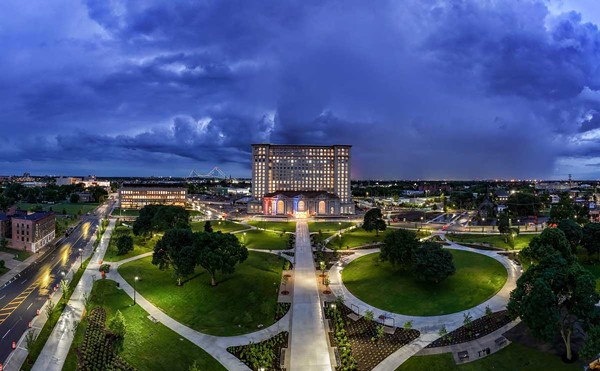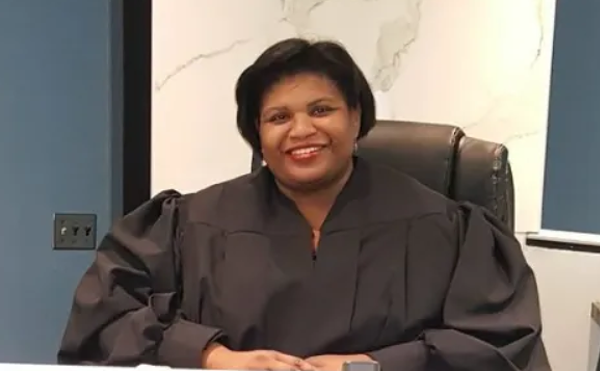Winner take all?
Re: Jack Lessenberry’s article on Instant Runoff Voting ("Here’s something to vote for," Metro Times, Jan. 7), I am still not convinced that IRV is the solution. While it may have prevented Bush from being elected in 2000, you have no idea how it would affect further elections.
I see the Electoral College as the real problem. I lived in Broward County, Fla., during the last election, one of the more hotly contested counties. My heart wanted Nader, I voted Gore, but, in the election, my vote was changed to Bush against my wishes. My right to have my vote count was denied by the Electoral College, which gave all Florida votes to Bush even though it was essentially split 50-50.
My solution? Some states have already figured it out. The Electoral College should not be an all-or-nothing affair. This discounts all the votes that went to another candidate. The number of electoral votes each state currently has should be divided according to the percentage of popular vote. Thus, as an example, Florida, which has 25 votes, could have ended up something like this: Bush 12, Gore 12, Nader 1. —Christopher Schneider, Hamtramck
ASS faulted
We have wondered for a long time what the purpose is of the pictures of dilapidated buildings at the bottom of the News Hits section. When I read your description of the growth around an old building labeled "ghetto shrubbery" ("Leftover mess," Metro Times, Jan. 14), I finally had to write. As a master gardener and city resident, I haven’t seen overgrown shrubs, trees or wildflowers described in this way before and I find it inappropriate and offensive.
In the suburbs, in the country, next to old barns and houses you might also find trees, bushes and flowers that haven’t been cared for. What term would you use to describe those overgrown shrubs?
I have long felt that this column contributes to negative views about the city. We all know there are problems, but what about showing the lovely homes and neighborhoods? If you really want to take pictures of "blight," why not go out into the suburbs where all of the lovely trees, natural growth and farms are being taken over by huge, ostentatious homes, tract housing and strip malls. Maybe this is where you’ll really find the "decay" of our environment. I would say that is as offensive as those city buildings you continually picture in your weekly column. Come on, you can certainly find a better cause or at least a more constructive way to do whatever it is you are trying to accomplish. —Audrey Chase, Detroit
How green was my valley
Re: Patricia Smith’s letter to the editor ("Praise for Ness," Metro Times, Jan. 14), Smith complains about the Green Party’s inability to get candidates elected. This is inaccurate and shortsighted.
As a result of partisan and nonpartisan elections, Greens serve as city commissioners, school board members, a city council member and a drain commissioner throughout Michigan. More candidates were elected in the past off-year election than any other year since the Greens gained ballot access in Michigan in 1996. Growing a healthy party takes time, but we are making progress.
Tom Ness is worthy of all the praise Patricia gave him and then some. The reason he’s not in charge of the state Green Party is because grassroots democracy is one of the four pillars of the Greens, meaning that no one person should be in charge, but rather the members run the party democratically.
What Tom Ness is doing is synergistic with the values of the Green Party. He’s running a campaign to fix a problem of national proportions on the local level, setting an example. Though the Green House operates independently of the Green Party of Michigan, many Greens (including myself) have and will continue to visit and support it financially.
Concerning the dismal 2002 state gubernatorial campaign of Doug Campbell and Adrianna Buonarroti, it was not particularly impressive in terms of the number of votes. At this stage in the party’s development, the role of statewide candidates is largely to educate the voters and familiarize them with the Green platform, in which case the run was largely successful. (If you want impressive numbers, ask Doug how many miles he put on his campaign vehicle.) As seen in the Ferndale IRV campaign, real political power is at the local level. —Susan Fawcett, Co-Chair, Huron Valley Greens, Ann Arbor
Send comments to [email protected].





